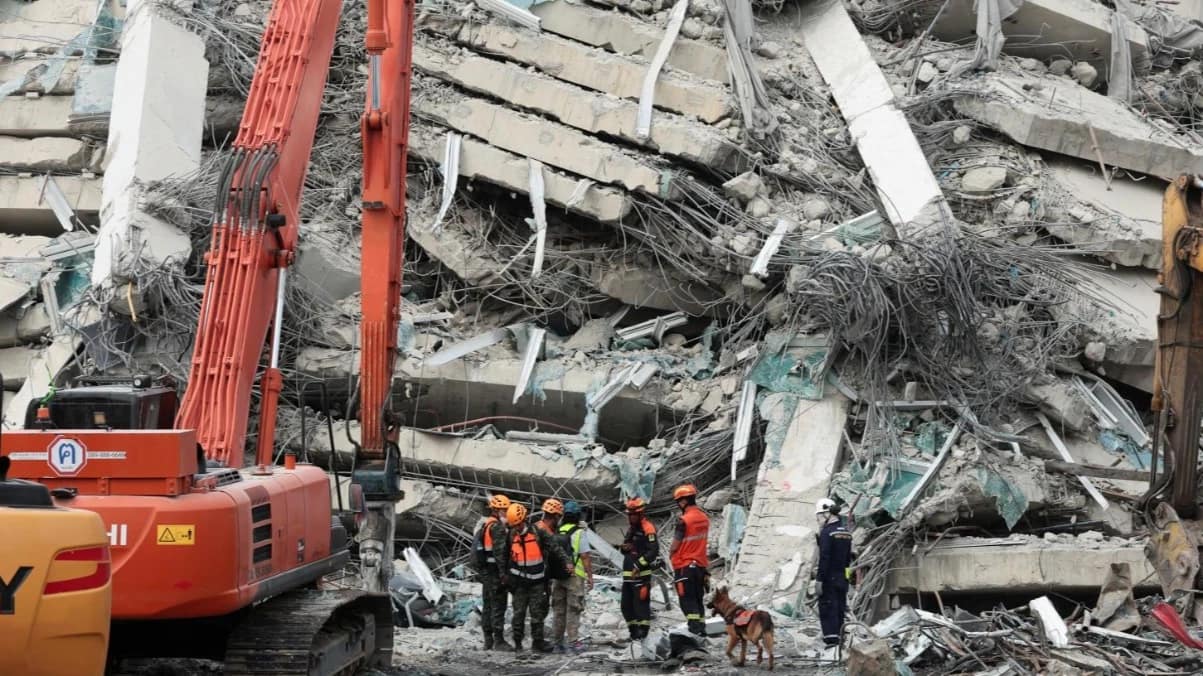
How SAO Collapse Reshaped Thailand’s Contractor All Risk Insurance in 2025
The catastrophic collapse of the State Audit Office (SAO) building in Bangkok on March 28, 2025, marked a pivotal moment for Thailand’s construction and insurance industries. Beyond the tragic human toll and structural devastation, the incident has led to a fundamental reassessment of Contractor All Risk (CAR) insurance policies and procedures throughout the country.
Understanding Contractor All Risk (CAR) Insurance
Contractor All Risk insurance is a vital component of risk management in the construction sector. This policy provides comprehensive coverage for building projects against a variety of unforeseen events, such as structural failures, natural disasters, theft, fire, and accidental damage during construction.
CAR insurance typically includes:
- Material Damage: Covers damage to the structure and materials used in construction.
- Third-Party Liability: Protects against legal liability for injuries or property damage to third parties.
Before 2025, CAR insurance in Thailand was often considered a formality. The SAO building disaster dramatically altered this perception.
The SAO Building Collapse: What Happened?
On March 28, 2025, a powerful 7.7 magnitude earthquake, with its epicenter in Myanmar, caused the under-construction 33-story SAO building in Bangkok to collapse. At the time of the incident, the project was only 30% completed. The consequences were devastating: 92 people lost their lives, 9 were injured, and 4 remained missing.
Initial reports revealed several construction anomalies and irregularities. Structural deficiencies, substandard materials, and unauthorized design alterations contributed to the disaster.
Insurance Coverage and Financial Fallout
Extent of Coverage
The building was covered under a Contractor All Risk insurance policy valued at 2.241 billion baht. The policy was jointly underwritten by several Thai insurers: Dhipaya Insurance (40%), Bangkok Insurance (25%), Indra Insurance (formerly Southeast Insurance) (25%), and Viriyah Insurance (10%).
Reinsurance Support
Fortunately, 95% of the risk was reinsured with foreign reinsurers. This arrangement played a critical role in protecting Thai insurers from bearing the full financial burden. It also ensured that compensation for damages and losses could be handled without destabilizing the local insurance market.
Government and Regulatory Response
Investigation Findings
A full-scale investigation followed the collapse. Authorities discovered that the core wall thickness had been improperly reduced from 30cm to 25cm during construction. Moreover, the steel used did not meet Thai engineering standards. The steel was traced back to a Chinese supplier, raising questions about import regulation and quality assurance.
As a result, 17 individuals, including senior executives and engineers from construction firms, faced criminal charges.
Insurance Policy Revisions
In response to these findings, the Office of Insurance Commission (OIC) and Thai General Insurance Association (TGIA) began revising CAR policy frameworks. Changes included:
- Stricter scrutiny of policy terms.
- Detailed clauses on natural disaster coverage.
- Mandatory third-party verification of materials and designs.
These updates aimed to restore trust and prevent future disasters of a similar magnitude.
Impact on the Construction Industry
Due Diligence and Compliance
Construction companies now face more rigorous checks at every phase of a project. From building materials to contractor credentials, nothing is taken at face value. Regulatory bodies are enforcing compliance with building codes and penalizing non-adherence.
Insurance as a Strategic Tool
Instead of treating insurance as a procedural necessity, many construction firms are now actively integrating insurance planning into their project strategies. This includes:
- Risk audits before project initiation.
- Standalone earthquake and natural disaster policies.
- Higher policy premiums and adjusted deductibles to reflect real risks.
Long-Term Changes in Thailand’s Insurance Landscape
The SAO collapse has sparked a broader transformation in Thailand’s insurance industry. Some of the lasting changes include:
- Development of specialized coverage products for seismic activity.
- Mandatory registration of material suppliers.
- Use of technology, like structural health monitoring systems, as a prerequisite for coverage.
Insurance companies are also investing in training underwriters and claims adjusters to better assess construction-related risks.
Conclusion
The SAO building collapse in 2025 has become a defining moment in Thailand’s construction and insurance history. While the human and financial losses were tragic, the incident has led to necessary reforms. From enhanced CAR policies to stringent building regulations, Thailand is reshaping its infrastructure with resilience and accountability at its core. As new buildings rise, they do so on stronger foundations—both physically and legally.
FAQs
What caused the SAO building collapse in Bangkok?
The collapse was primarily triggered by a 7.7 magnitude earthquake. However, investigations revealed that poor construction practices, such as reducing wall thickness and using substandard steel, were critical contributing factors.
What is Contractor All Risk (CAR) insurance?
CAR insurance is a policy that provides coverage for property damage and third-party liability during construction projects. It protects both contractors and project owners from financial loss due to accidents or natural disasters.
Were the Thai insurers financially impacted by the SAO collapse?
Most of the risk was transferred to international reinsurers, which helped local insurers avoid major financial losses.


